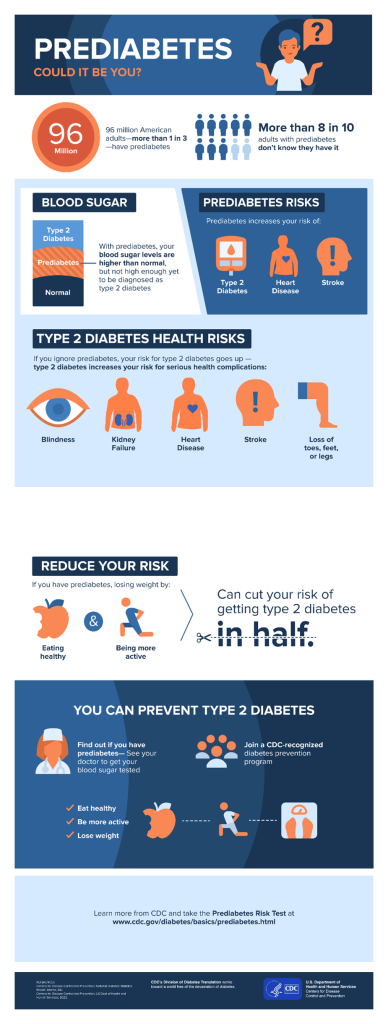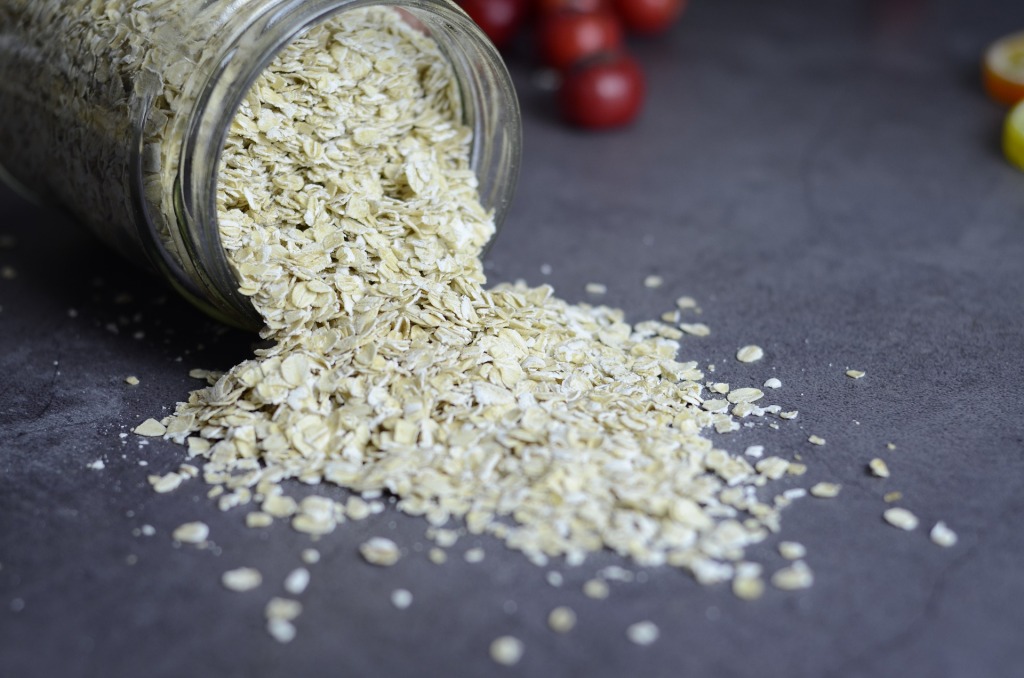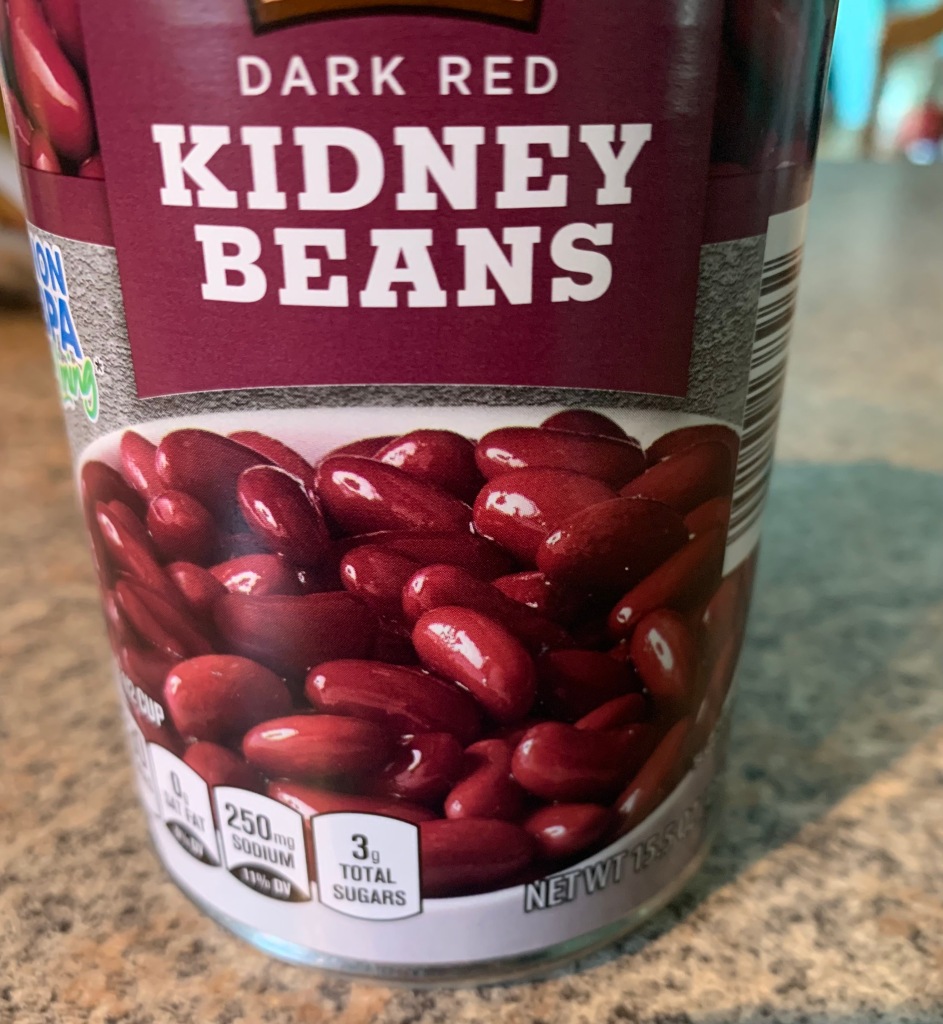
I was hanging up our stockings this year and started thinking about the origins of this Christmas tradition, which then led me to start thinking about my feet. Like many men, I’m not one that goes in for pedicures, but I probably should. I’ll be honest, my feet are not in great shape. I often let my toenails get too long as well, and sometimes they dig into my skin and cause issues, especially when I play tennis or going on a hike. One of the most painful procedures I’ve ever had was having one of my toenails removed after a long week of backpacking. I’m also type 1 diabetic, so if I ever develop neuropathy, my lack of foot hygiene could become a real problem, especially if I can’t feel festering wounds. Foot amputations are still common in people with diabetes.
The feet are the workhorses on our bodies, and sometimes we don’t think about them until there are problems. Foot problems can make it hard to be physically active and do our everyday activities. Some points to consider when thinking about foot hygiene:
- If you have diabetes, check your feet every day and look for wounds. A small mirror will help you find wounds. As mentioned, diabetes neuropathy limits sensation and blood flow in the extremities, and so infections and ulcers can be painful and result in amputations if not treated. Calluses and dry skin might also be problems with diabetic neuropathy.
- Trim your nails once a week. This will eliminate painful hangnails and abrasions when toenails get too long and dig into the skin.
- See a doctor if you have toe fungus or discoloration in the nails.
- Change your socks once a day, especially if you are physically active. Consider buying sweat wicking socks to keep your feet dry. Warm moist environments are breeding grounds for funguses and bacteria, associated with Athletes foot and other infections.
- Shoes should fit well, have good ventilation, and be rotated every other day especially with athletic shoes.
- If you have foot odor or chronically sweaty feet consider using talcum powder or baby powder to dry your feet.
- To avoid athletes’ foot and warts, avoid going barefoot in public places such as gyms, looker rooms, dressing rooms.
- Consider seeing a doctor if you have any swelling, infection, warts, fungus, discoloration, calluses, or chronic pain. A podiatrist can prescribe inserts, special shoes or socks depending on your situation.
Although getting a pedicure can be healthy endeavor, the CDC recommends making sure the establishment that is clean and licensed by your state’s cosmetology board. Make sure the salon sterilizes instruments after each use (such as nail clippers, scissors, and other tools).
Author: Dan Remley, Field Specialist, Food, Nutrition, and Wellness, Ohio State University Extension
Reviewer: Jessica Lowe, FCS Educator, Pickaway County, Ohio State University Extension
Sources:
Centers For Disease Control and Prevention. Water Sanitation, and Environmental Regulated Hygiene. Foot Hygiene. Accessed 12/19/2023 at https://www.cdc.gov/hygiene/personal-hygiene/feet.html
WebMD. Tips for Health Feet. Accessed 12/19/2023 at https://www.webmd.com/skin-problems-and-treatments/healthy-feet-tips













